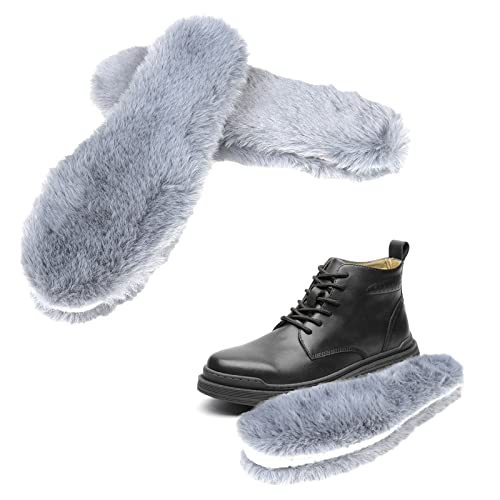By 12 days old, the kit is pretty close to being able to make it outside the nest, though they're not always able to do it all by themselves. It is the age where they'll start to get a little adventurous, though. One thing you can do at this point is to turn the box on its side, so the kits can come and go as they please. Some will stay huddled in the back, while others will toddle out and then back in to get warm.
But when kits are new and pop-outs are a potential risk, sometimes I bring the box inside daily, taking it out to the doe for feeding once or twice a day. The doe doesn't seem to care at all whether the box is there all day as long as she's fed them. While it's slightly more work than just letting nature take its course, there are numerous advantages to this practice. You have constant access to the kits to monitor them; if there are some kits getting huge and fat at the expense of the runt(s), you can pull the big ones out for one meal to let the smaller ones catch up; and kits that are handled often tend to become very calm and tame rabbits.
There are several things you can do to minimize pop-outs. I've never cared for the lip approach; it's a bit of a pain to build, it still lets babies get out and as you found, it sometimes prevents them from getting back in. There are two ways I've found to be most successful: building a box with a bottom that slants towards the back, which will keep the kits' nest bowl in the back courtesy of gravity; and using a box that doesn't even have a "front" but is just a deep box with even sides all around (sort of like an orange crate - in fact I've used those many times).
As a note, longtime rabbit breeders always say that a kit isn't dead unless it's warm and dead...meaning that you can sometimes find a cold, stiff kit and miraculously raise it from the "dead" by warming it in your pocket.

I even found one in an icy-water-filled bowl that revived (best ever!!!). They're rugged little customers!





















































